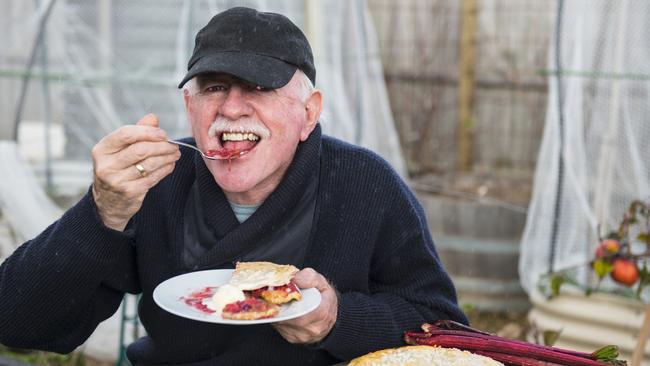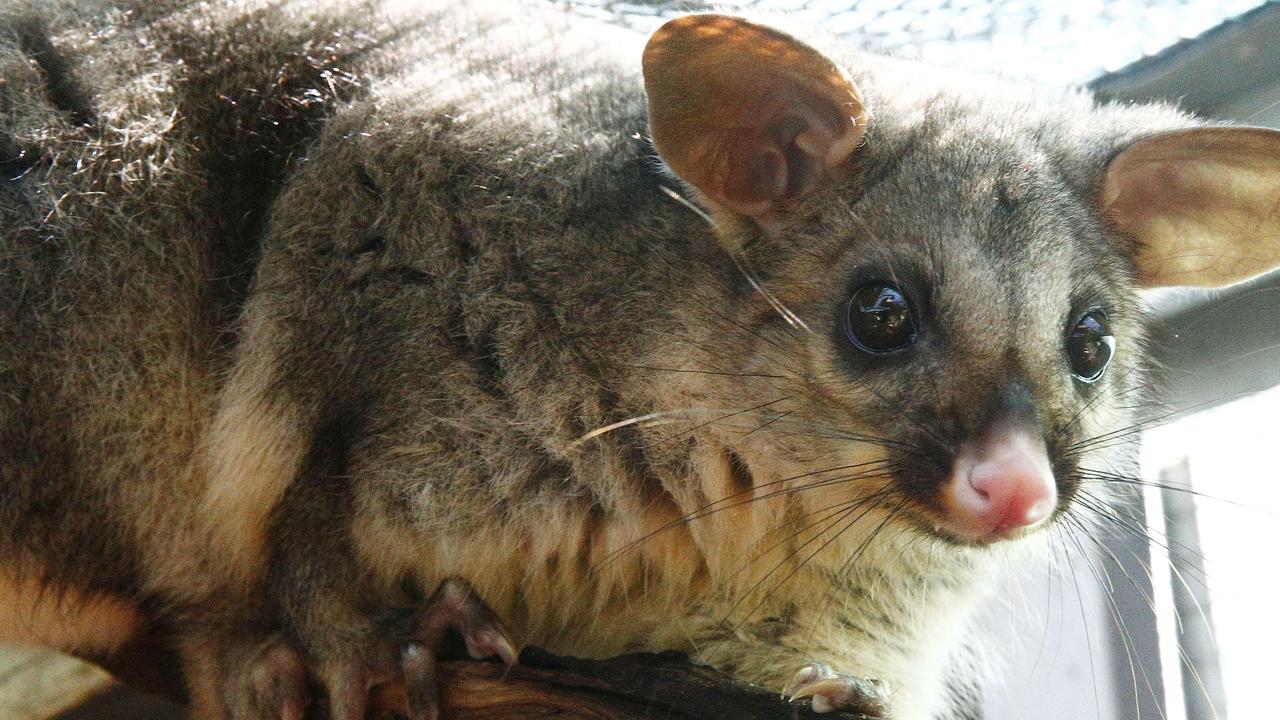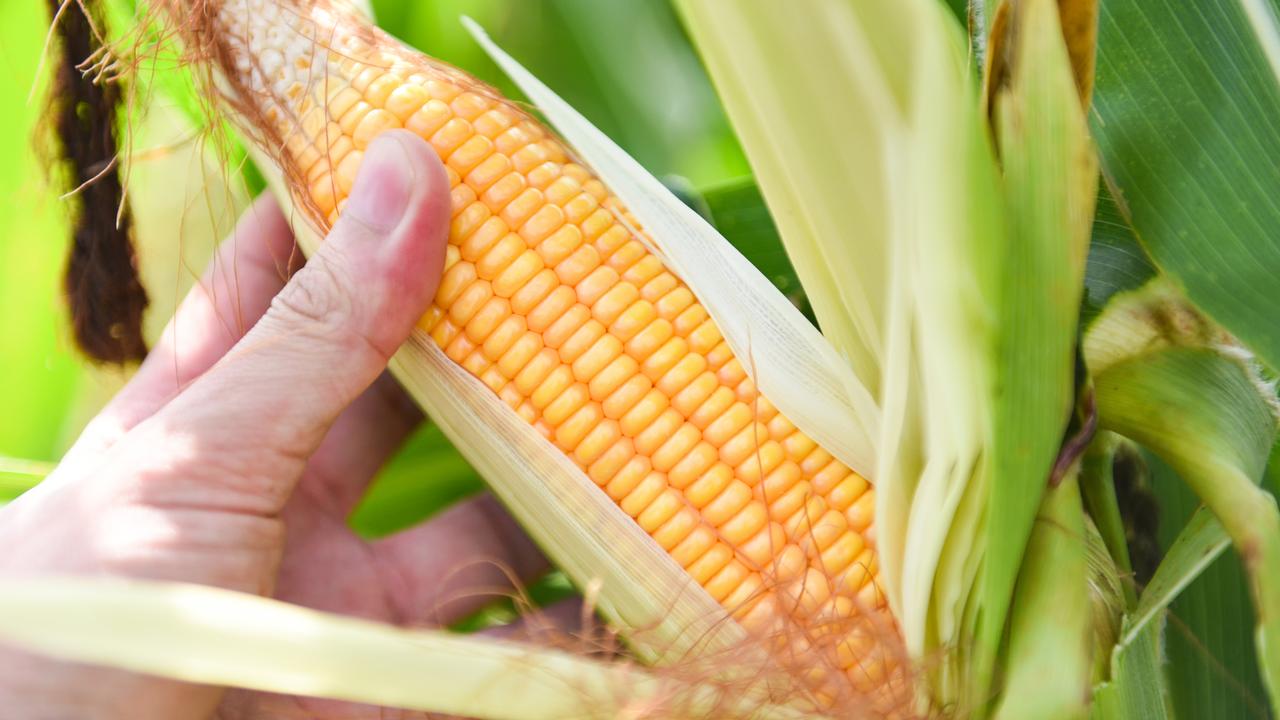Overcoming an early prejudice to rhubarb
IT’S funny how a silly mistake when young can affect your life, writes TONY FAWCETT.

IT’S funny how a silly mistake when young can affect your life.
It happened to me with beetroot and rhubarb.
My lovely mum, a cook of debatable abilities, regaled tinned beetroot as God’s gift to the kitchen. She tried to shove it down our throats at any chance.
I resisted. Rebelled. Blindly refused to allow a single slice of the turgid, purple dripping stuff to pass my lips.
Yet in my infantile befuddlement, I somehow lumped together these two vibrant vegies in my defiant brain. Refused to eat either, beetroot or rhubarb.
My rebellion lasted decades. Then one eventful night as an adult I was served rhubarb pie and, rather than offend our charming hostess, I ate it. And loved it. Still do.
I still detest beetroot, yet rhubarb, especially when stewed with apples in a pie, or even better, with strawberries and a whack of ice cream on top, is a winner.
That’s why I grow it now.
Known by the Greeks as “food for the barbarians” and said to cost more than opium in 1600s England, rhubarb is sometimes described as a vegetable that wants to be a fruit.
It can be grown from seed, potted plants or crowns. The latter are preferable because seed-grown plants can vary in quality and size from their parent.
If lucky, you’ll have a friend/neighbour who will donate a section of an established plant. For gentle encouragement, advise them the health of their plant will improve because rhubarb clumps are revitalised though being divided every five years.
From now until early spring is the time to plant rhubarb crowns.
When it comes to choosing between red and green-stalked varieties, I’m part of the red brigade, because of its beguiling tart taste that instantly puckers lips and narrows eyes.
Before planting, choose a sunny, partly shaded spot with slightly acid soil and dig in lots of compost, blood and bone or decayed animal manure, then water well.
Plant crowns 90cm apart with tops close to the soil level. Water in well and mulch with pea straw or lucerne hay, keeping mulch just back from the plant to discourage rotting.
Rhubarb is a real guts of a plant. Give it lots of nutrients and summer water and, so long as it’s got good drainage, it will reward for years.
Few pests bother it, although fungal diseases can be a problem, so always water the ground around the plant, not on the plant.
To retain moisture over summer and give it a kick along, mulch around rhubarb with a mix of well-rotted animal manure, grass clippings and diluted liquid fertiliser.
Some get confused because stems are green rather than red. Usually the reason is they mistakenly bought a green-stemmed variety in the first place. So check before buying.
Good red varieties are ever red, red dragon and wandin red. Also check specialist online nurseries for interesting heirloom varieties.
The trick in getting rhubarb established is to hold off picking in the first season.
Don’t do what I once did and plant a mass of rhubarb. Just one or two plants will generally suffice. I went planting crazy, then when the rich red stalks appeared I discovered we couldn’t get anywhere near eating it all.
Some growers cheat by forcing rhubarb stems to appear earlier in spring by placing an upturned bucket or rubbish bin over the plant. This deprives the plant, forcing it to quickly grow upwards in search of light.
For a trendy look, sometimes bell-shaped terracotta forcing pots can be bought — but expect to pay big time for this trendiness.
And watch those rhubarb leaves. They are chockers with oxalic acid and poisonous — so poisonous, in fact that during vegetable shortages in World War I, several British soldiers died when fed boiled rhubarb.


